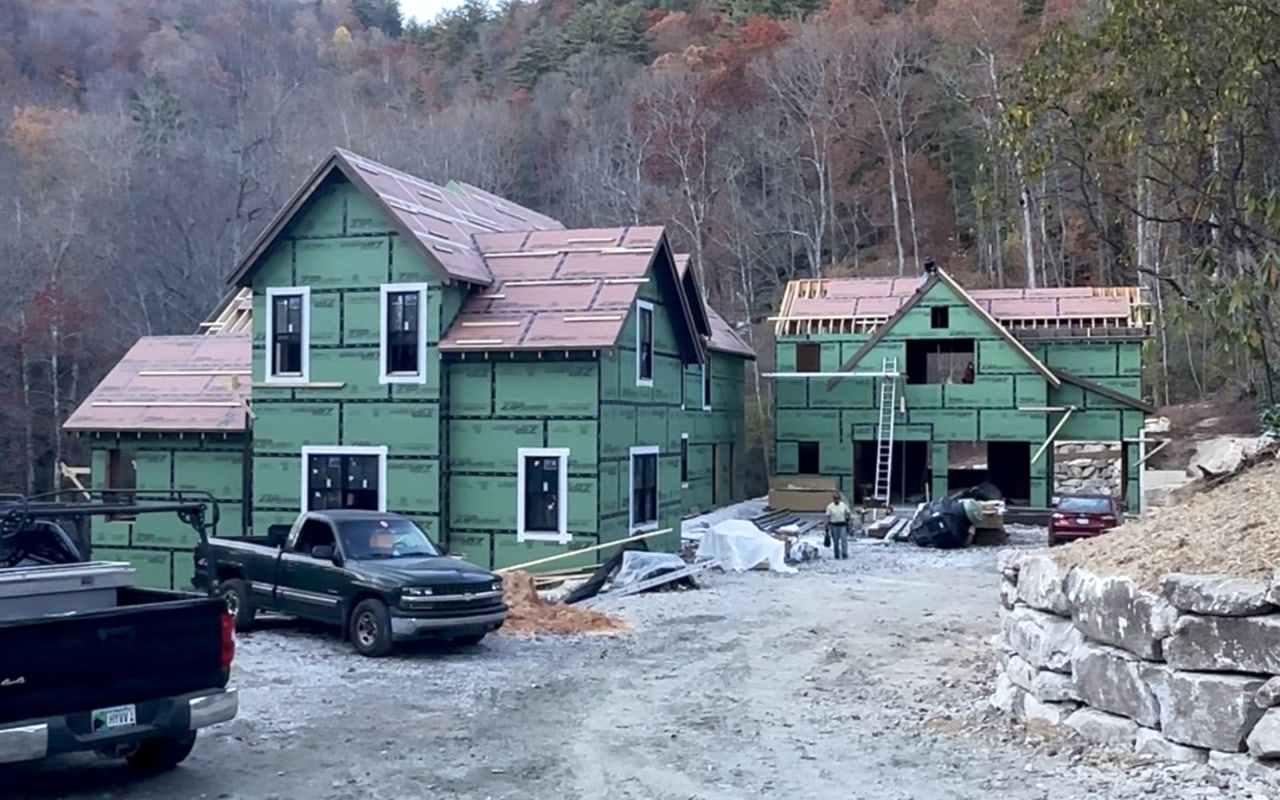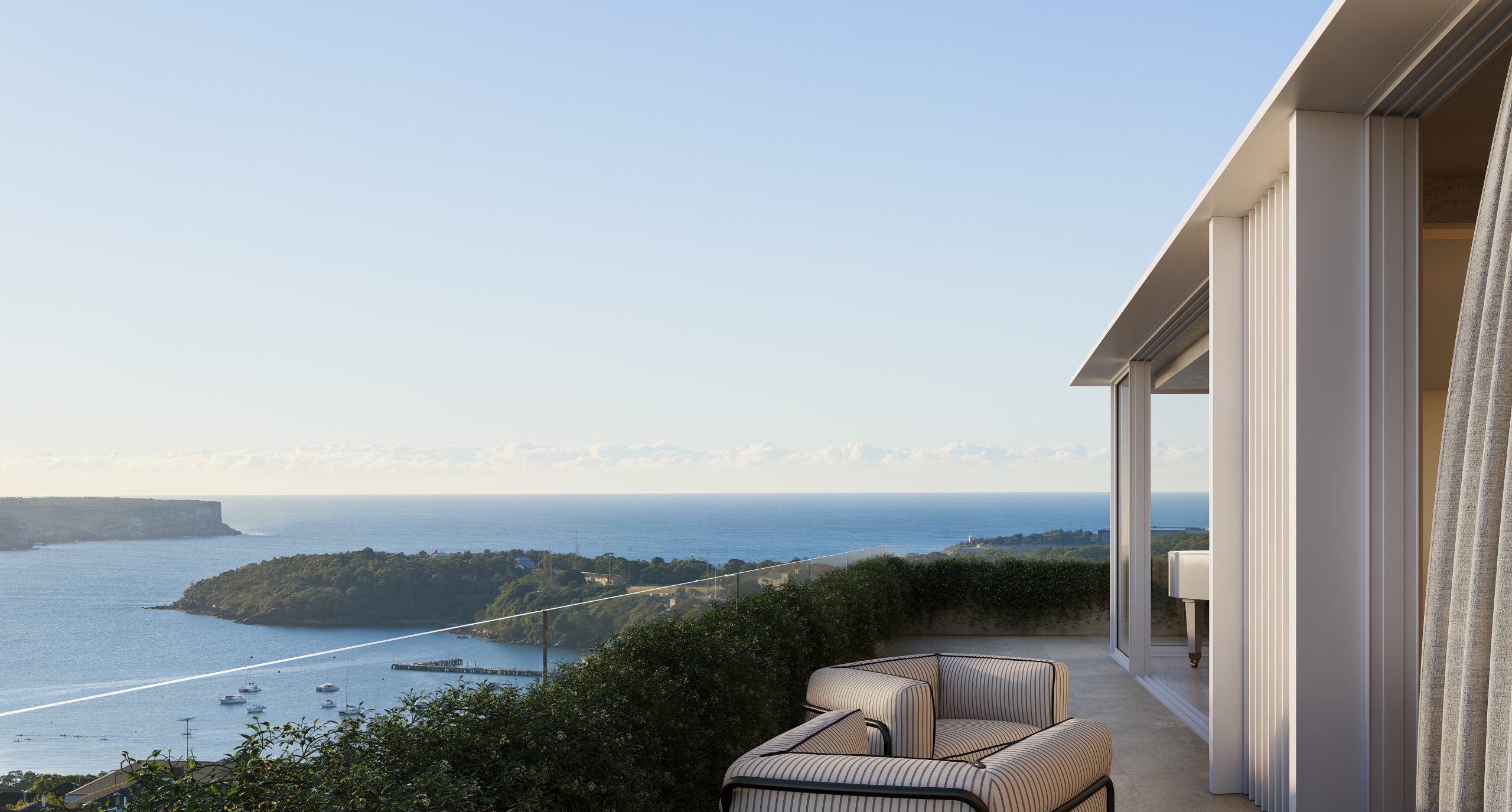The North Carolina Village Where America’s Wealthiest Go to Fly Under the Radar
Home to at least four billionaires, the low-key, ‘no frills’ enclave of Cashiers has one of the country’s highest concentrations of wealth.
CASHIERS, N. C.—Shortly before 4 p.m. on a recent November afternoon, Buck’s Coffee Cafe was buzzing with a steady stream of customers that included a local chef, the scion of a hot-sauce empire, a real-estate developer and others.
Two Porsches and a pickup truck were parked in front of the shop, which serves as a de facto town hall at the intersection of North Carolina Highway 107 and U.S. Route 64.
If Cashiers had a town centre, this would be it: a crossroads surrounded by a smattering of retail.
In the Blue Ridge Mountains, the unincorporated village has no mayor, no local police force and no central public water supply. There is a limited public sewer system, just a handful of sidewalks and one Ingles supermarket, affectionately known as “Mingles” because it is where locals tend to socialise.
But what Cashiers does have is lots of uber-wealthy homeowners who have been coming to the area for more than a century.
With a full-time population of just 825—and at least four billionaires with homes—Cashiers has one of the highest concentrations of wealth in the country, according to data from Altrata, a wealth-intelligence firm.
Drawn to the area’s climate and natural beauty, most deep-pocketed homeowners, including billionaires like Ken Langone, a co-founder of Home Depot, and members of Nashville’s Ingram family, own property in a half-dozen private golf communities fanning out from the main intersection.
Even as real-estate values in Cashiers (pronounced Cash-ERS) nearly doubled over the past five years, locals have resisted overdevelopment in favour of retaining its small-town character, which provides relative anonymity to its wealthiest residents.
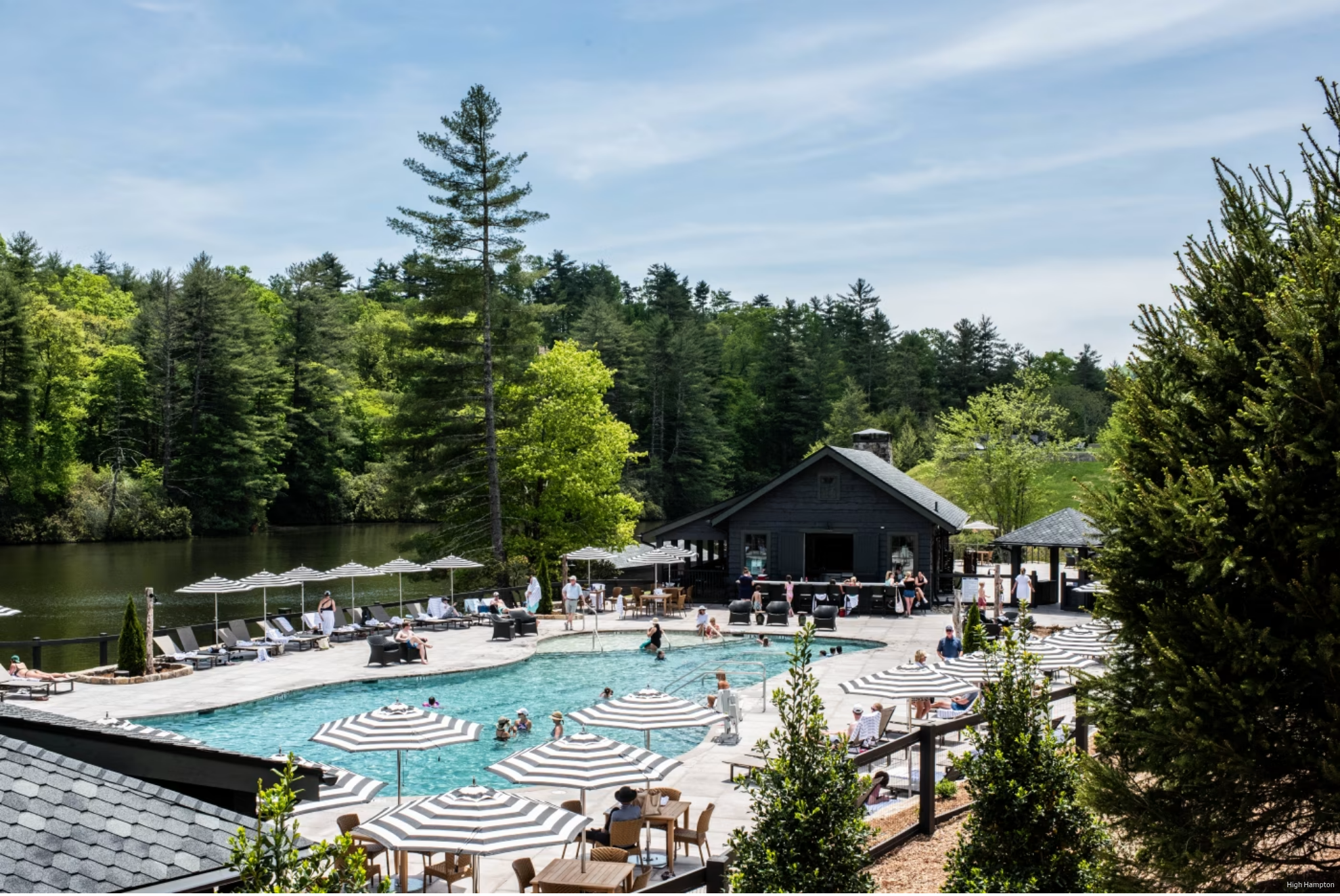
A September article in The Wall Street Journal, disclosing the presence of four billionaire families, got the community talking.
“People said, ‘Four? What an insult. We’ve got more than that,’” said Ann McKee Austin, who summered in Cashiers as a child and who co-developed, with her brother William McKee, the Wade Hampton Golf Club in the 1980s. “It attracts low-key people, not jet-set people,” said Austin.
South Carolina politician Wade Hampton III, a Confederate general, was among the first to build a summer lodge in Cashiers in the 1800s.
By the 1980s, golf communities with courses designed by Tom Fazio, Arnold Palmer and others began sprouting up in the area.
Today, there are at least 15 clubs on the Highlands-Cashiers Plateau, a roughly 25-mile area that includes Cashiers and its sister town of Highlands, a quaint tourist destination with high-end shops, restaurants and hotels.
By contrast, Cashiers has no Main Street and is “no frills,” said real-estate agent Kati Miller of Caliber Fine Property, comparing it to the fictional town of Mayberry. “You’re not going to see Prada or any sort of chain. It’s hard to get to—the closest airport is 45 minutes away on windy one-lane roads.”
Life in both places largely revolves around the clubs, where the average home-sale price was roughly $5.4 million over the past three months, said Ali Moody of Caliber.
Owning property is often a prerequisite to membership, which costs upward of $100,000 plus annual dues. Besides amenities like golf, tennis, croquet and dining, clubs also provide infrastructure like roads, water and sewer systems, making construction of luxury homes possible.
“Clubs are like mini-cities, quite frankly,” said Jody Lovell of Highlands-Cashiers Sotheby’s International Realty. Some clubs even provide workforce housing.
Over the years, the ranks of wealthy residents have swelled to include Langone, who paid less than $1 million combined to buy 5.77 acres at Wade Hampton in the 1990s, records show. (For many years, the late Bernie Marcus, another co-founder of Home Depot, also had a place there.) Martha Ingram, who succeeded her late husband as chairman of the billionaire family’s conglomerate Ingram Industries ,bought at the Chattooga Club more than three decades ago.
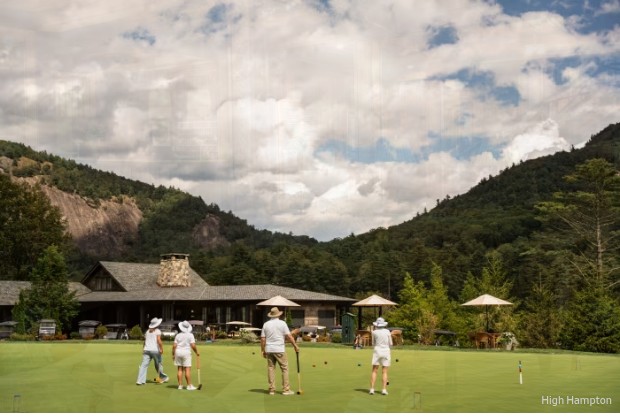
Langone said he was visiting a friend for the weekend when he toured Wade Hampton and was “blown away” by the newly-built golf course. He bought land before he left and built a four-bedroom home that he has added to over the years.
He said people in Cashiers are civic-minded, hard-working, and kind. “I go there, and they treat me like I’m just anybody else,” he said, “which is the way it should be. ”
Martha’s son, David Ingram, and his wife, Sarah, own several properties at Chattooga—and they recently purchased the club from his uncle (and Martha’s brother) John Rivers, who developed it in the 1980s.
Members of the McIlhenny family, which has been making Tabasco in Louisiana since the 1800s, also own in Cashiers, as does billionaire Scott Hardman Ward, a scion of Russell Stover candies, and Treasury Secretary Scott Bessent , who spent $4.6 million in 2022. He is now looking to sell his property for $5.25 million.
Billionaire energy mogul William Doré owns two homes in Wade Hampton, which he purchased for about $3 million combined in 2016 and 2019. And Ric Elias, the billionaire CEO of Red Ventures, recently sold a roughly 2.6-acre lot at the Club at High Hampton for $2.5 million, after paying $2.25 million in 2023. Elias and Bessent didn’t comment. Ward, Doré and the McIlhenny family didn’t respond to requests for comment.
Year-round residents say wealthy “summer people” don’t get any special attention. Pro golfers with homes in the area regularly grab a slice at Slab Town Pizza, said restaurant manager Scott Mulchay. No one bats an eye.
Langone said one of his favourite events is a July Fourth get-together hosted by a family at High Hampton, who serve barbecue; people dress in Americana, sing patriotic songs and fire off a mini-cannon, he said.
“We don’t need to prove what we have or show what we have,” he said. “We just enjoy everyone’s company.”
It’s been discovered
Despite its unpretentiousness, a turning point for the Cashiers luxury market came in the early 2000s, when Discovery Land Co., the developer behind Montana’s Yellowstone Club, opened Mountaintop Golf & Lake Club, drawing more well-heeled buyers not just from the Southeast, but other parts of the country. The McKee family’s sale of the High Hampton Inn in 2017 to the operator of Tennessee’s popular Blackberry Farm, which renovated the historic property, had a similar effect. undefined
Rob Palumbo, who works in the financial services industry in Atlanta, fell in love with Cashiers’ tranquillity 25 years ago, and for years he owned a log cabin on the Tuckasegee River. In 2013, he and his wife, Melanie Palumbo, paid $800,000 for a 2.3-acre lot at Mountaintop and built a six-bedroom house.
Like other resort areas, Cashiers experienced a Covid boom that turbocharged home prices.
Between 2020 and 2024, the average home sale price jumped 88.8% from $1.05 million to $1.98 million, according to data from the multiple listing service. Despite economic uncertainty that has slowed the luxury market nationwide, Cashiers recently had a string of sales above $7 million—a once-untouchable price point.
“For the longest time, $6 million was the ceiling,” said Caliber’s Miller, who said prices are rising as new homes sell for the first time.
The record in Cashiers was set in July, when a house at Mountaintop with a glass-and-steel facade sold for $11.11 million, said listing agent Liz Harris of Cashiers Sotheby’s International Realty. The prior owner paid $600,000 for the 1.85-acre lot in 2020, records show. “What kept [the market] down before, honestly, was people didn’t know about it,” Harris said. The buyer couldn’t be determined.
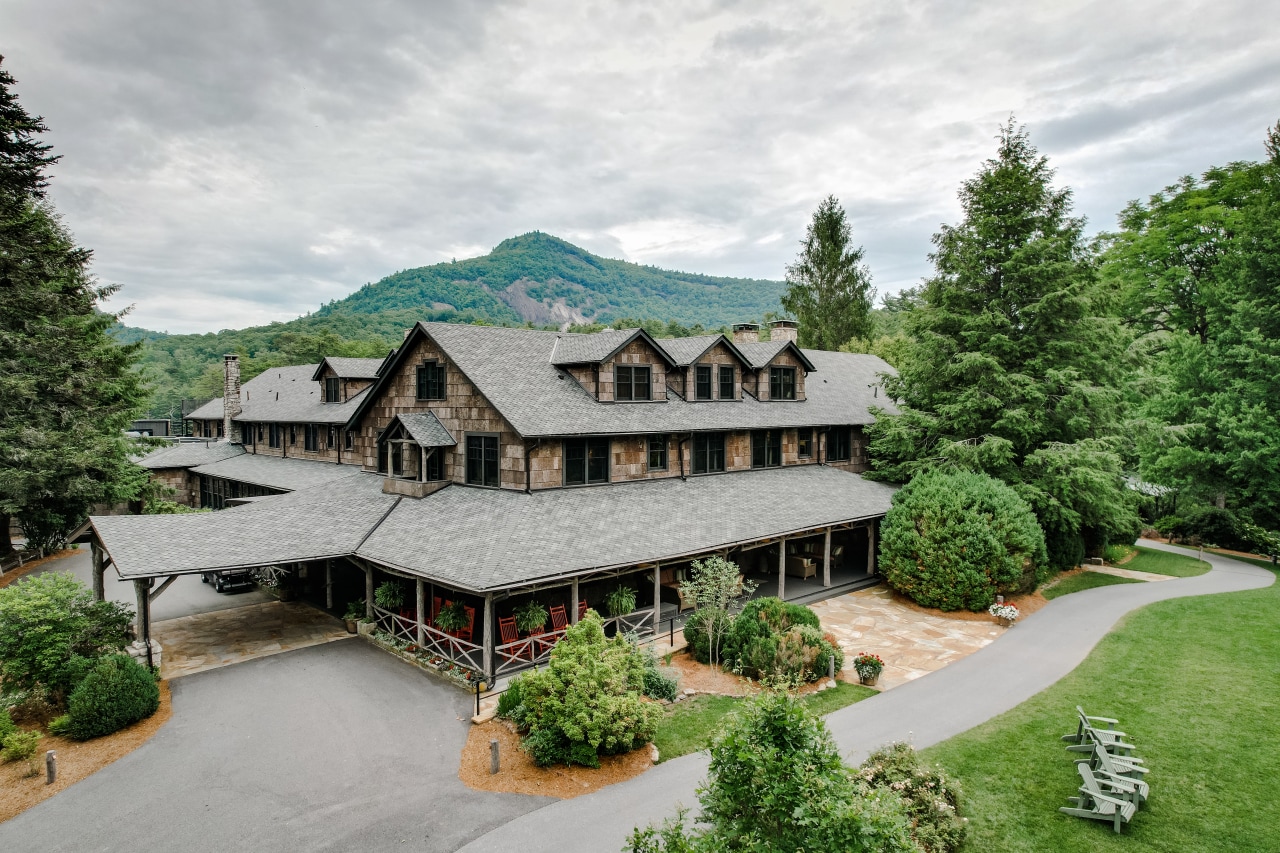
Chasing higher prices
Earlier this month, a 6.5-acre estate at Cullasaja Club—halfway between Cashiers and Highlands—sold for $12 million.
Some real-estate insiders say the market, as it currently exists, can only grow so much.
Cashiers has six months’ worth of world-class golf between May and October, but there is less to draw people there during the “shoulder” seasons, said developer Sam Lupas.
A bigger issue is inventory. Many of the clubs have waiting lists, Miller said, even Mountaintop, where the initiation fee will be $275,000 starting January 1. “I hate to say it, but we need another club up here,” she said. “They’re all full.”
Growing pains
In 2003, locals voted against incorporation out of fear of paying higher taxes or ceding autonomy to government bureaucracy. Instead, local philanthropists have supported a local charter school, library, boys and girls club and volunteer fire department.
Two decades ago, when a hotel developer tried to build an Econo Lodge near the main intersection, residents swooped in to purchase the land. They designed a Village Green that is encircled with a low stone wall, and a hard-to-find entrance in the rear. “It was meant to be for the people that live here, and you access it from behind the scenes, rather than ‘Stop here and have a picnic lunch,’” said Austin.
Over the past few years, Cashiers has experienced growing pains amid its newfound popularity. During the summer months, traffic can back up for miles, said the Rev. Steve Hines, a retired clergyman who is a member of the Chattooga Club. “There were wealthy people here before, but not at this level,” he said. The growth “has gotten a little out of hand.”
Affordable housing is also an issue, said Jackie Hooper Hernandez, a clerk at Lulu & You clothing boutique, who said she is lucky to live with a relative about 8 miles from the shop. Other family members drive more than 30 minutes to work. But she puts up with the inconveniences of the summer influx because her livelihood depends on it. “We might hate the traffic,” she said, “but you know, if we didn’t have that, I wouldn’t have a job,” she said.

Some people think Cashiers would be better off incorporating, so that it could benefit from having its own tax base and public infrastructure.
But others believe there is reason to fear overdevelopment. “I’ve witnessed an overbuilding [at other clubs], where going to dinner or getting a tee time for golf almost became a lottery system,” said Hufstetler, who just bought the $12 million house in Cullasaja. He previously owned homes in Destin, Fla., and on Lake Oconee, Ga., that he sold when those areas became too crowded.
Lupas said he and his partners are working on an effort to bring hospitality, retail and housing to Cashiers in a way that is both appropriate and “authentic” to the community. “Some people think I’m an evil developer,” but he said the opposite is true. He believes a certain amount of growth is good for Cashiers, if not necessary. “Everybody wants it to stay like it was in 1950, but it’s not possible.”
 Copyright 2020, Dow Jones & Company, Inc. All Rights Reserved Worldwide. LEARN MORE
Copyright 2020, Dow Jones & Company, Inc. All Rights Reserved Worldwide. LEARN MORE
From gorilla encounters in Uganda to a reimagined Okavango retreat, Abercrombie & Kent elevates its African journeys with two spectacular lodge transformations.
The PG rating has become the king of the box office. The entertainment business now relies on kids dragging their parents to theatres.
Stable rates, tight supply and improving confidence are creating a rare three-year window for strategic property investment.
After the RBA failed to cut interest rates earlier this month, many Australians are still sitting on the sidelines, waiting for “the right time” to buy.
But as every experienced investor knows, there’s rarely a perfect moment. Only windows where fundamentals align.
The next three years look to be one of those windows. This period represents a great opportunity to step into the market strategically, supported by strong long-term tailwinds and a more stable lending environment.
Supply is tight and that’s not changing anytime soon
Australia’s housing shortage has become structural.
The government’s target of 1.2 million new homes by 2029 is already slipping out of reach, with completions tracking closer to 160,000 per year.
Construction costs, planning bottlenecks, and labour shortages continue to restrict new supply, while population growth and immigration remain high.
Australian market snapshot
Perth (WA)
4,251 listings (week ending 1 Jun 2025)
2,832 listings (Oct 2025) ↓ 40 % YoY; sales ↓ 3.1 %; median days on market ≈ 12
Significant supply contraction
Despite small weekly lifts, total stock remains 40 % below 2024. Homes under the median are selling within days.
Brisbane (QLD)
Median value $945 k; monthly growth 1.5 %
Median value $992,864 (+1.8 % MoM, +10.8 % YoY); unit listings 45 % below 5-yr avg
Tight supply + rising prices
Affordable pockets < $1 m remain highly competitive. Demand concentrated around family suburbs.
Melbourne (VIC)
Listings below 5-yr avg; mild buyer hesitancy
Supply still below 5-yr avg; tight in inner east, north & inner west
Selective undersupply
Now Australia’s most affordable capital on income-to-debt ratio. Tight supply in established suburbs positions it for rebound.
Across Perth, Brisbane and Melbourne, in particular, demand continues to outstrip supply, a formula for steady, sustainable growth rather than speculation.
In Perth, listings have fallen roughly 40% year-on-year, and properties are turning over in just 12 days on average, the fastest market in the country.
For Brisbane, supply remains well below normal, particularly under $1 million, where investors and first-home buyers overlap.
And in Melbourne, affordability is now the best in the country, with tight supply in key inner corridors setting up for a cyclical recovery as rates stabilise.
Confidence is returning
After two years of turbulence, the rate environment has finally steadied. Most lenders now sit between 5.3% and 5.6%, roughly 1% lower than a year ago.
On an average $800,000 loan, that’s about $8,000 in annual savings, a meaningful improvement to serviceability and household cash flow.
While no one expects large cuts in the short term, the broader shift will breed confidence.
Borrowers who were cautious in 2023–24 are re-entering the market with renewed clarity around repayments and borrowing power.
This is an ideal time to re-engage clients who paused during the rate-rise cycle. With the right structuring, many can now step forward without over-stretching.
Demand, supply & location
In a market where many investors fixate on short-term yields, it’s critical to bring clients back to fundamentals.
The best opportunities over the next three years will be in locations with strong demand drivers, limited supply, and genuine affordability.
Strong demand drivers
Focus on markets backed by tangible fundamentals, infrastructure investment, job growth, and migration inflows. Areas with improving economies and active employment hubs consistently attract owner-occupiers, which supports long-term value.
Limited incoming supply + affordability
When affordability and low supply align, upward price pressure follows. Australia is currently building only around 160,000 new dwellings per year, well below the 240,000 needed to meet national targets. Markets with low construction pipelines and accessible entry prices are positioned for sustained growth.
Location and value-creation potential
Established, owner-occupied suburbs tend to outperform because they’re insulated from large-scale supply shocks.
Look for houses or properties with strong land content, ideally a 50 % or higher land-to-asset ratio and those that allow for renovations, granny-flat additions, or subdivisions over time.
While every market will move through its own cycle, the next three years should continue to deliver solid opportunities across Australia, particularly in locations where supply is tight, economies are strong, and demand is anchored by real fundamentals.
The market is resetting its risk profile
Macquarie Bank’s recent decision to halt lending to new property purchases in trust structures could also change parts of the investor market.
While it may slow activity in investment-heavy markets, it’s unlikely to affect demand in locations where most of the activity is driven by home buyers.
These areas are largely found within the major capital cities, and even in some of the smaller capitals with growing owner-occupier bases.
When assessing these markets, it’s important to look at the local economy, the industries that support employment, infrastructure investment, and migration.
Even indicators like Gross State Product (GSP) can provide valuable insight into the health of the local market and its resilience to policy changes.
This shift reinforces the importance of sticking to fundamentals such as strong economies, real demand, and sustainable affordability, not investor-driven locations.
Thinking long-term
The next three years won’t be about chasing quick gains.
They’ll be about steady, compounding growth driven by constrained supply, stable rates, and solid demand. Property wealth isn’t about speculation, it’s about structure, patience, and the discipline of buying the right asset and holding it through cycles.
If you’re considering entering the market, now is the time to act. Stable rates, limited supply, and improving affordability create a strong foundation for the next property cycle.
Abdullah Nouh is the Founder and Director of Mecca Property Group, one of Australia’s leading buyers’ agencies specialising in high-growth residential and commercial investments.
A divide has opened in the tech job market between those with artificial-intelligence skills and everyone else.
Records keep falling in 2025 as harbourfront, beachfront and blue-chip estates crowd the top of the market.









